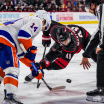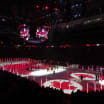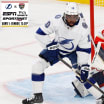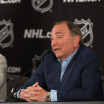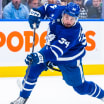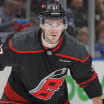After scoring 41, 39 and 44 points in the three prior seasons, forward Mikael Granlund led with the Minnesota Wild with an NHL career high of 69 points (23 goals, 43 assists) in 81 games last season. Using an example like this as a template, can underlying numbers identify who might be next for a breakout season?
Some of the indicators are obvious, like joining a new team, getting a new coach, being paired with a talented new linemate, and being in that ideal 23-25 age range. However, some require a deeper dive, like an unusually low on-ice shooting percentage and power-play opportunities relative to shot volumes and even-strength scoring rates.
Based on metrics like these, here are five players who might break out this season:
Statistics reveal players with breakout potential
Kane, Rieder, Ceci among those who should improve this season
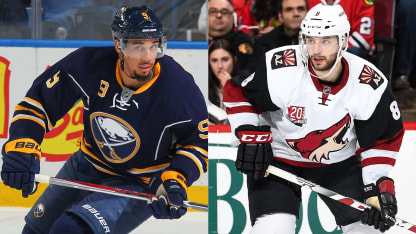
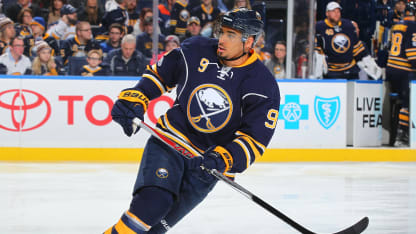
© Stephanie Wippert/Getty Images
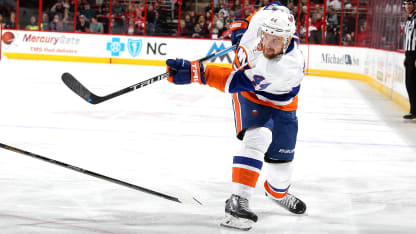
© Gregg Forwerck/Getty Images

